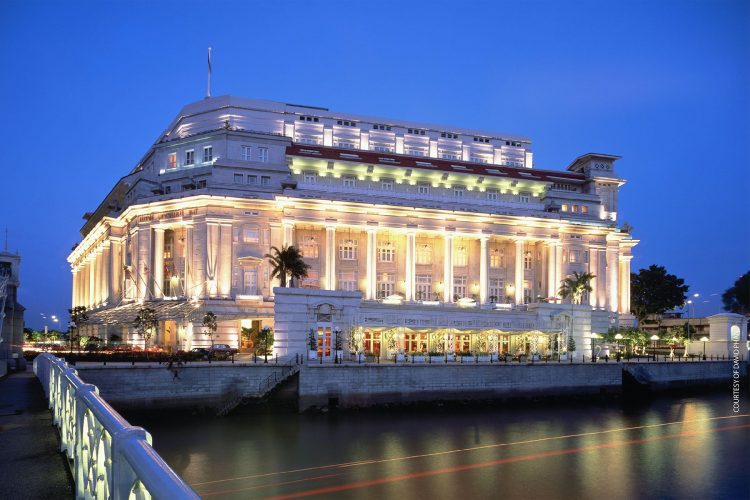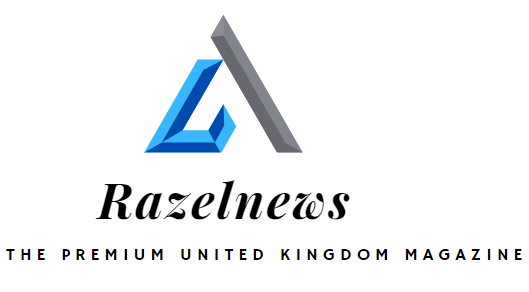Unveiling the Economic Alchemy: Deciphering 15,000 Rubles to USD

In the dynamic world of global economics, currency exchange rates serve as the heartbeat, pulsating with the highs and lows of financial markets. For those curious about the mystique surrounding the conversion of 15,000 Rubles to USD, a journey into the realms of currency exchange awaits. This article seeks to unravel the intricacies, shedding light on the factors influencing these rates and the implications for individuals and nations alike.
Understanding the Basics:
Before delving into the specifics of converting 15,000 Rubles to USD, it’s imperative to comprehend the fundamental concept of exchange rates. Exchange rates denote the value of one currency in terms of another and are determined by various factors such as economic indicators, geopolitical events, and market sentiment.
The Ruble in Focus:
The Russian Ruble (RUB), a currency with a rich history, has weathered economic storms and undergone transformations. Currently, 15,000 Rubles symbolize a particular sum in the Russian monetary landscape, but its worth undergoes fluctuations when crossing international borders.
Factors Influencing Exchange Rates:
A myriad of factors influences the exchange rates between the Ruble and the US Dollar (USD). Economic indicators such as inflation rates, interest rates, and GDP growth play a pivotal role. Geopolitical events, trade balances, and market speculation further contribute to the dynamic nature of exchange rates. It’s akin to a delicate dance where global economic forces waltz, shaping the destiny of currencies.
Market Forces at Play:
The foreign exchange market, often referred to as Forex, is the battlefield where currencies engage in a constant tug of war. Trillions of dollars exchange hands daily as buyers and sellers vie for supremacy. The demand and supply dynamics in this marketplace are instrumental in determining the exchange rate for any given currency pair.
The Russian Economy’s Impact:
The health of the Russian economy is a crucial determinant of the Ruble’s strength or weakness. Factors such as energy prices, given Russia’s significant role as an oil and gas exporter, have a profound impact. Additionally, economic sanctions, political stability, and the overall investment climate contribute to the Ruble’s valuation.
The USD on the Global Stage:
As the world’s primary reserve currency, the US Dollar holds a unique position in global trade and finance. Movements in the USD ripple through economies worldwide. Factors like US interest rates, inflation, and geopolitical stability significantly influence the strength of the dollar.
Calculating the Conversion:
To convert 15,000 Rubles to USD, one must refer to the prevailing exchange rate. This rate reflects the value of one Ruble in terms of USD. The formula for conversion is straightforward: Amount in USD = Amount in Rubles × Exchange Rate. Online currency converters or financial news platforms provide real-time exchange rates.
Implications for Individuals:
For individuals involved in international travel, trade, or investments, understanding currency exchange rates is paramount. A favorable exchange rate can mean cost savings, while an unfavorable one may lead to financial losses. It underscores the importance of timing and strategy in currency transactions.
Global Trade and Commerce:
On a macroeconomic scale, exchange rates impact global trade dynamics. A weaker Ruble may make Russian exports more competitive, potentially boosting the country’s export-oriented industries. Conversely, a stronger Ruble could enhance the purchasing power of Russian consumers for imported goods.
Investment Considerations:
Investors navigating the international financial landscape closely monitor exchange rates. Currency fluctuations can impact the returns on foreign investments. Diversifying a portfolio across currencies helps mitigate risks associated with exchange rate volatility.
Risk Mitigation Strategies:
Businesses engaged in cross-border transactions often employ risk mitigation strategies to navigate currency fluctuations. Forward contracts, options, and hedging instruments are tools employed to manage exposure to exchange rate risk.
The Role of Central Banks:
Central banks, such as the Bank of Russia and the Federal Reserve, play a crucial role in influencing exchange rates. Monetary policies, interest rate decisions, and interventions in the foreign exchange market are tools used by central banks to stabilize their respective currencies.
Conclusion:
The conversion of 15,000 Rubles to USD serves as a microcosm of the complex world of currency exchange. It’s a realm where economic forces, geopolitical events, and market dynamics converge, shaping the destiny of nations and individuals alike. As we navigate this intricate landscape, understanding the factors influencing exchange rates becomes paramount, empowering us to make informed decisions in an ever-evolving global economy.






